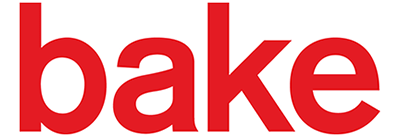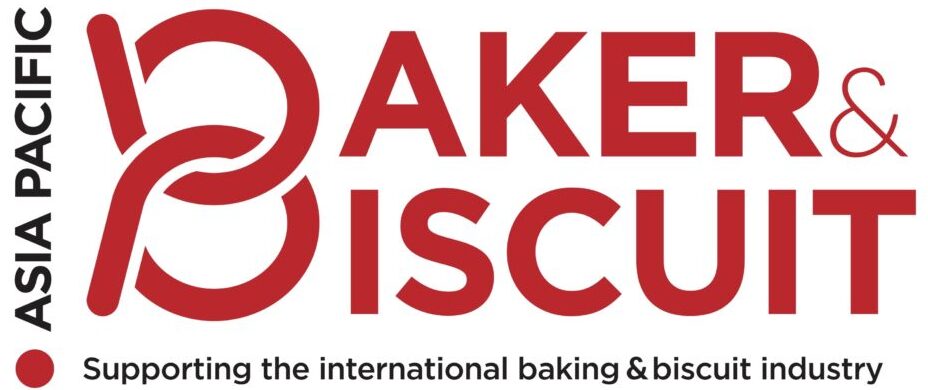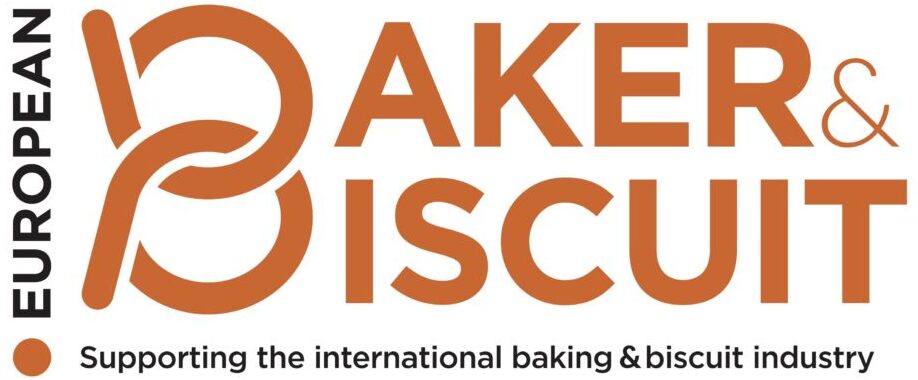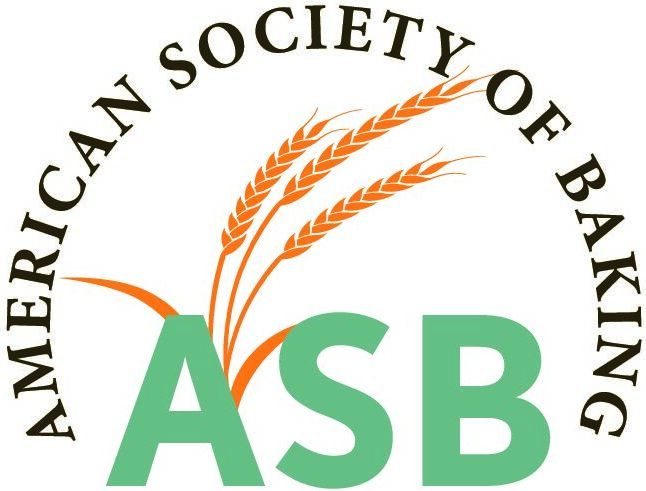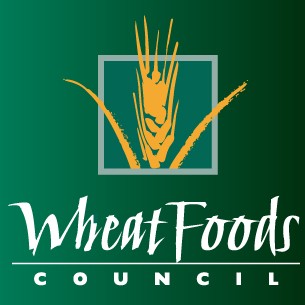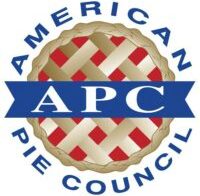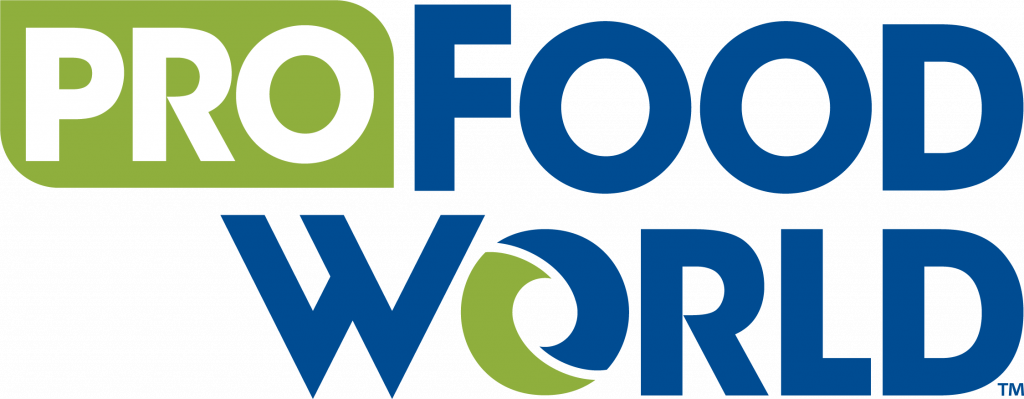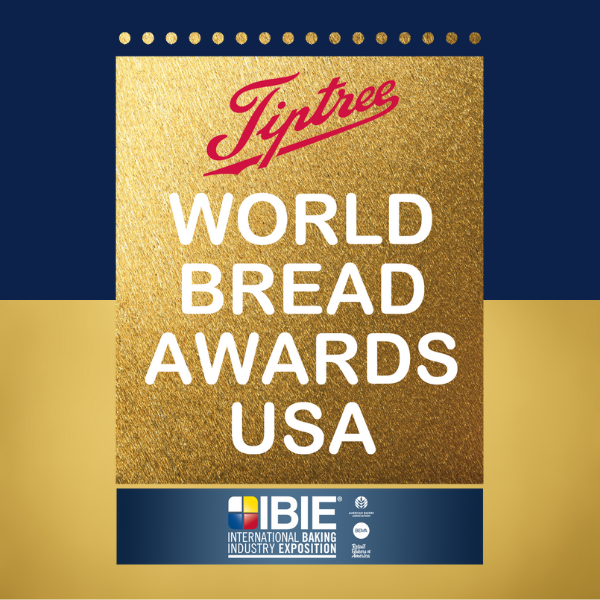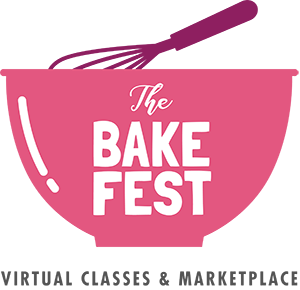On the Rise BLOG
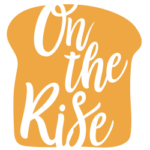


Page 1 of 4
-
5 Ways Speaking at IBIE 2025 Benefits YouYou know baking — and what better place to share your knowledge than IBIE (a.k.a. the Baking Expo™), the grain-based food industry’s largest and most comprehensive trade event in the Western Hem…
-
Become A Baking Hero: Call For PhotosAre you ready to shine in the spotlight? We're excited to announce an extraordinary opportunity for all the heroes of the baking industry to be featured in the upcoming IBIE 2025 campaign concept! At …
-
The Insider’s Guide to Exhibit Space SelectionProfessionals from every segment of the global grain-based foods industry come to IBIE to find new suppliers and see the latest innovations — and it only happens every three years, which means this …
-
IBIE Reunites Global Baking Industry in Las VegasWASHINGTON, D.C. — The International Baking Industry Exposition, which took place in Las Vegas, Nevada from September 17 through September 21, welcomed the industry after a three-year hiatus from ev…
-
Master Your Craft WITH IBIEducate SessionsIn the last show cycle alone, we’ve seen challenges that usually span decades. We have had to pivot, adapt and overcome a global pandemic, labor shortages, supply chain disruptions, inflation and co…
-
Meet the IBIE Committee: Joe TuranoJoe Turano is president of Turano Baking Co. in Berwyn, Ill, and serves on the International Baking Industry Exposition (IBIE) 2022 committee. He has worked in the baking industry for more than 25 yea…
-
Meet the IBIE Committee: Dale LeCroneDale J. “DJ” LeCrone is chief executive officer of LeMatic, Inc., and serves on the International Baking Industry Exposition (IBIE) 2022 committee. He has worked in the baking industry for more th…
-
Meet the IBIE Committee: Kerwin BrownKerwin Brown is president and chief executive officer of BEMA. He has worked in the baking industry for 33 years, and 2022 marks his 10th International Baking Industry Exposition (IBIE)…
-
Meet the IBIE Committee: Ken NewsomeKen Newsome is chief executive officer of Markel Food Group in Richmond, Va. He serves on the International Baking Industry Exposition (IBIE) 2022 committee and has worked in the baking industry …
-
Bakers Belong at the 2022 National Restaurant Association ShowTechnology, shifting consumer preferences, trends, new challenges (like today’s staffing shortages) and a variety of other factors are changing the baking game. How can you make sure your operation …
Page 1 of 4

